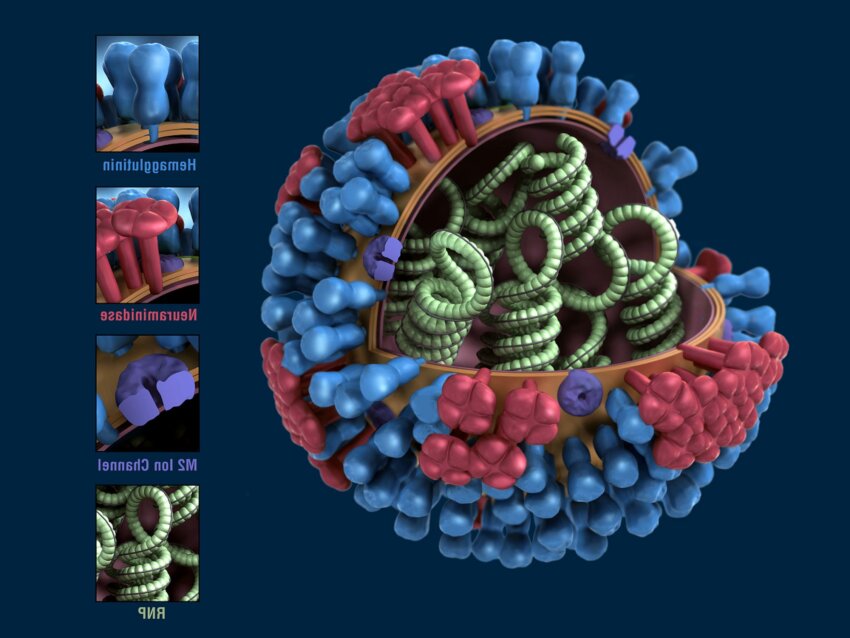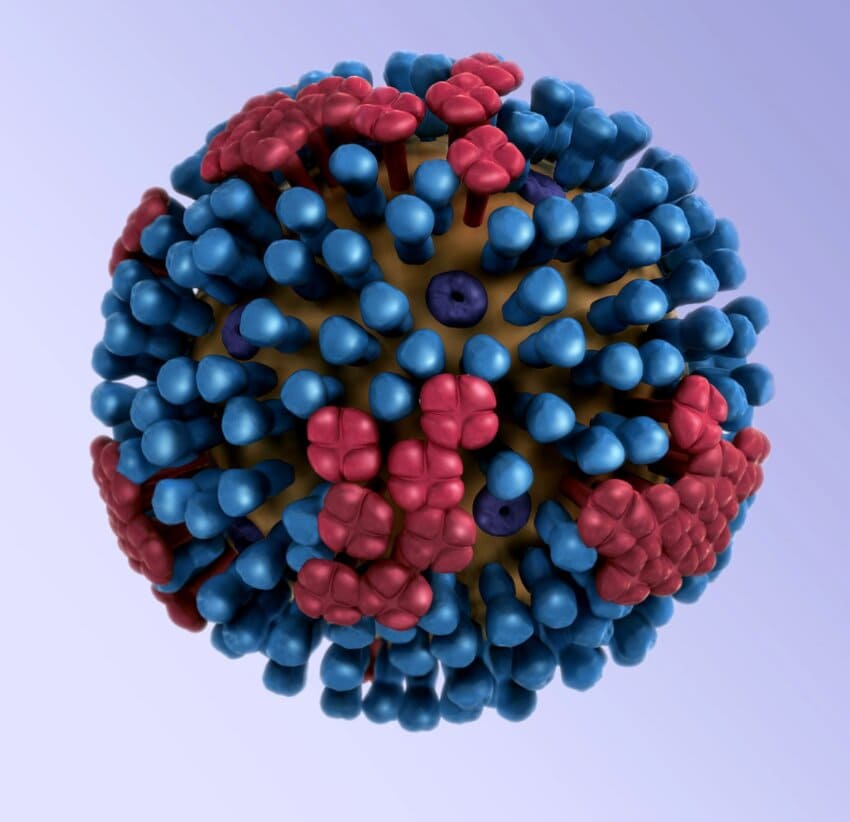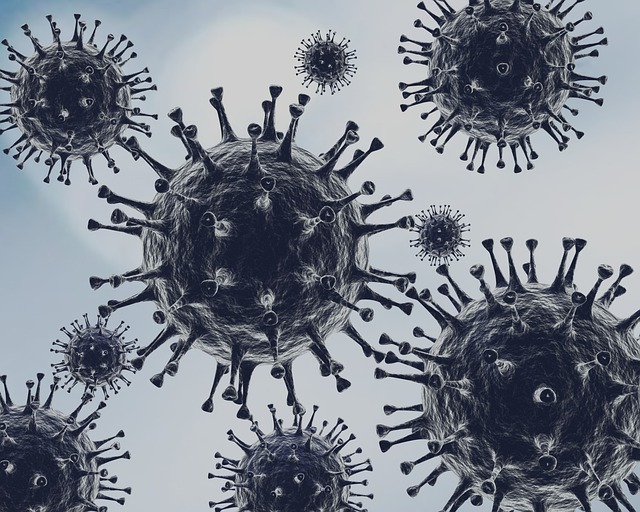
What Are the 3 Types of Influenza
What Are the 3 Types of Influenza
Summary
– Several types of influenza viruses
– Influenza A viruses: H/N subtypes
– Influenza viruses: changing viruses
– Influenza viruses: animal reservoirs
The best way to prevent influenza is to get vaccinated, especially for frail people at high risk of complications.
Influenza virus identity card
Influenza viruses are viruses of the Orthomyxoviridae family which infect the respiratory tract. They are highly contagious and resistant. They are also called influenza viruses.
A virus is different from a bacterium; it has an “envelope” that contains genetic material, RNA (ribonucleic acid).
Influenza viruses are spherical or oval and measure about 100 nanometers (0.0000001 meters).
The different types of influenza viruses

There are 3 types of influenza viruses, which differ according to the nature of the proteins that make up their envelope:
– Influenza A virus: in humans and other species (see influenza A);
– Influenza B virus: only in humans, weakly epidemic (see influenza B);
– Influenza C virus: rare in humans, not epidemic (see influenza C).
Viruses, influenza A: subtypes H/N

Within the group of influenza A viruses, many subtypes differ like two proteins essential to the functioning of the influenza virus:
– hemagglutinin (H), which allows the virus to attach itself to the cells it will attack;
– neuraminidase (N), which helps the virus enter the cell.
These two proteins, which exist in numerous versions (16 types of H and 9 types of N), give a total of more than 140 virus subtypes, including the well-known
– H5N1, responsible for the “bird” flu;
– H1N1, responsible for the 2009-2010 pandemic;
– H2N2 and H3N2, which, along with H1N1, are the only human subtypes.
Influenza viruses: changing viruses

Influenza viruses are “changeable” viruses that constantly evolve and “cross-pollinate” with one another.
Influenza viruses use three mechanisms to achieve these dreaded genetic variations:
– point mutations, “at random”;
– genetic reassortments in a host infected simultaneously with two different viruses, which generate a new virus with a hybrid genome
– the exchange of RNA fragments between two viruses (known as recombination).
This ability to vary constantly from one year to the next allows influenza viruses to reinfect previously infected individuals. This is why it is necessary to be vaccinated every year against seasonal flu if you want to be protected (especially frail people such as those over 65 or those with certain chronic diseases, for example).
Example: for the 2018-2019 season, the influenza vaccine contains the viral strains A/Michigan/45/2015 (H1N1) pdm09, A/Singapore/INFIMH-16-0019/2016 (H3N2), B/Colorado/06/2017 (B lineage/Victoria/2/87) and B/Phuket/3073/2013 (B lineage/Yamagata/16/88).
Good to know: According to an American study, the effectiveness of flu vaccination decreases over time during a season. The risk of having a positive influenza test increases by 16% every 28 days since vaccination. People vaccinated for at least 154 days would have a more than 2-fold increase in the risk of having a positive test compared to those vaccinated 14 to 41 days earlier. However, the Health Insurance recommends being vaccinated in the early fall, before the active circulation of influenza viruses.
Influenza virus: animal reservoirs
Influenza viruses can infect both humans and animals, especially birds. Most human influenza viruses are of animal origin.
However, animal influenza viruses are different from those that infect humans. However, some influenza viruses can cross species barriers, i.e., birds to pigs or humans.
This can have severe consequences if the virus is very virulent.
For more information:
– avian flu;
– swine flu;
– equine influenza;
– cat flu.
Hope this post has enhanced your knowledge of influenza viruses. Please do not hesitate to jot down your comments below.
Read more:
What is Feline coronavirus (FCoV)
You May Also Like

How Science Is Changing the Food Preservation Methods
2022-07-05
Is Time Travel Theoretically Possible?
2021-08-26

